While the focus of virtual learning has primarily been on students, there has been one presence in the classroom that has been largely ignored — teachers. Among the varied hurdles educators have had to navigate this year, teachers share that the lack of student engagement has been one of the most harrowing and arduous to overcome. Attempting to teach and connect with a class that is virtually silent, teachers have found themselves feeling both discouraged and disconnected.
In contrast to a normal year, at-home students have been able to disengage with a class, and their teachers, by turning off their cameras and muting themselves. Science teacher Kathleen Troyer shares what she notes as the key difference between in-person and remote learning and how it can pose a unique challenge for teachers.
“Students are far less engaged. The vast majority of students do not turn their camera on during a Zoom call, which makes it challenging for teachers to really know if a student understands the concepts being discussed. There are many times it is obvious a student has logged into a Zoom call, but they are not in front of the camera anymore,” Troyer said.
What defines a lack of engagement can vary depending on the student, class or teacher. English teacher Dr. Kiersten Thompson shares what she describes as common behaviors she associates with a disengaged student.
“To me, lack of engagement is camera off and no other sign of interaction so I don’t even know if you are out there on the other side of the screen. I have some students who keep their cameras turned off, don’t participate voluntarily, don’t participate when called on and don’t submit assignments,” Thompson said.
For many students, keeping their camera on can make it difficult to hear, see or understand their teachers, on account of technical issues. Thompson explains how a student who needs to keep their camera off can still show they are an active participant in the classroom environment.
“I have some students who may keep their camera off, but they are ready with an answer, they volunteer to read aloud, and their written work shows comprehension of the skills and content of the course,” Thompson said.
One cause of students’ lack of engagement may be more than just a lack of interaction with their peers — but a lack of interaction with their teachers. Senior Lestin Kandakudy, a fully remote student, offers insight into his own struggle with getting to know his teachers.
“Before the pandemic, I had the opportunity to get to know my teachers and feel comfortable asking them for advice about my ‘out-of-school’ life. I barely know who my teachers are [this year] so I just carry that burden around with me,” Kandakudy said.
On the other hand, teachers have begun to feel a disconnect from their students as well. Troyer shares how remote learning has limited most teachers ability to build relationships with students and colleagues.
“Most teachers got into this career to have those relationships with their students and peers. We like working with students and sharing our passions with them. [Virtual learning] is not that setting,” Troyer said.
Besides the emotional challenges of being unable to socialize, many students have begun to feel a physical toll caused by being on a computer screen for many hours a day. Kandakudy has suffered from nausea and headaches that have made it difficult for him to log-in at all.
“Another reason why I don’t engage in class as much as I usually do is that it’s mentally and physically exhausting staring at a computer screen for 5 [or more] hours. I’ve had painful headaches and felt nauseous after the school day because I’m using my computer more often,” Kandakudy said.
While the damage on students’ physical, mental and emotional health has caused them to engage less, teachers have had to navigate teaching to a classroom that is hard to read and difficult to motivate. English teacher Zachary Kuhn explains a phrase that has become common among teachers — ‘“Teaching into the Zoom Void.”
“We have coined a phrase this year: ‘Teaching Into the Zoom Void.’ There are lots of valid reasons for students to keep their cameras off during class…but all the cameras off can sometimes make it feel like you’re standing at the edge of the wing of a space ship looking out into the endless void of space. Some teachers lose their chill in that moment,” Kuhn said.
In a normal school year, teachers would be able to read students’ emotions based on a variety of factors: facial expressions, body language and conversation. During a Zoom school year, however, virtual classrooms have become quiet spaces where students are apprehensive about participating or, because of tech issues, unable to engage. Math teacher Rachelle Cosenza details how an inability to read students’ has impacted her work.
“Teaching is a two-way street, a different kind of conversation, where there should be a back and forth, even if only in body language or expression; I can read my students and instantly adjust by teaching to better meet needs — this could be pausing, repeating something, adjusting my pace, asking a certain student if they have a question, moving on to a different example, ending a topic early — the adjustments are truly endless based on student needs. However, teaching to silent black boxes gives me nothing to go off ,and I just hope I pause, repeat, go at the right pace, explain things clearly,” Cosenza said.
Furthermore, teachers are also feeling the weight of lack of engagement on a personal level. Facing the silent and often unresponsive Zoom classroom can be emotionally daunting and discouraging for teachers. Thompson speaks on how teaching with a mostly disengaged class has made her feel.
“It feels lonely. I love to talk to people, I love hearing their ideas and thinking. I feel like I learn so much from engaging in conversation; without that element, teaching can feel empty,” Thompson said.
Troyer echoed Thompson’s statement, detailing her own feelings of discouragement during the first half of the school year.
“Honestly, I felt pretty defeated most of the first semester. I felt like I was failing my students and myself,” Troyer said.
On a content level, each subject poses unique issues for how teachers can adapt to virtual learning. For example, an unwillingness or inability to participate has made discussion-based classes, such as English, a greater obstacle. Thompson explains the importance of class conversation in ensuring students are able to comprehend the coursework.
“I think what students may not realize is how important conversation and connection is to processing and understanding ideas and material in an English class. Discussion is a proven comprehension skill, so if the discussion goes away, there’s [a] strong likelihood that comprehension is diminished,” Thompson said.
Each class has come with it’s own ups and downs. Troyer shares how the challenges of formatting a “hands on” science class to a virtual school environment has defined this year in her teaching career.
“This is by far the most challenging year I have ever experienced as a teacher. How do I teach hands- on science through a computer screen?” Troyer said.
Hybrid learning has been an opportunity for teachers to combat student’s lack of engagement. Being able to see more students in person, in the classroom, has given teachers an outlet to return to a semi-sense of normalcy; the lack of engagement that’s felt on Zoom classrooms can be evened out by time spent in the classroom, where students may find it easier to engage. Troyer details how being hybrid has presented different opportunities from being fully remote.
“[Hybrid students] are part of a more traditional setting, so as their teacher I can use many traditional techniques, activities and labs to bridge the gaps they may have. Being hybrid also allows me to get to know my students on a personal level, which I think is critical for building a community classroom,” Troyer said.
Despite the benefits that hybrid offers, teachers have still been finding ways to combat the difficulties of teaching virtually, the lack of student engagement and the community-wide fatigue that has been a major factor this school year. Thompson shares the tactics she uses to encourage students to be energized and comfortable.
“I try to tell my students how I’m feeling and ask how they’re feeling. Sometimes we do stretches together or breathe together or make silly faces into the camera…anything to get kids to bring a little energy into the online or hybrid classroom,” Thompson said.
Thompson’s tactics have become more common as teachers learn to navigate the new learning landscape. For junior Sydney Richardson, teacher check-ins with students’ feelings have proven an effective tool for making students feel tethered to the classroom and motivated to engage.
“I feel way more connected to a class and a teacher when the teacher checks in on how everyone in the class is doing and adjusts accordingly. Like when a lot of people say they are feeling stressed or overwhelmed and the teacher will give us an extra break. I really think it makes the class more comfortable with each other because I know personally I am way more likely to participate when that happens,” Richardson said.
Check-ins have proven to be helpful for both students and teachers. Beyond connecting with students, finding comfort with their peers in their shared experience has also become an outlet for teachers who may feel stressed or defeated by the lack of engagement. Cosenza details how communication among coworkers, using text threads or staff meetings as outlets, has helped remind teachers they are not alone.
“Our text threads during the day and staff meetings allow us to vent and offer support to one another — we all feel we are in the same boat and it isn’t so lonely,” Cosenza said.
If students are unable to turn on their cameras, there are still ways that a communicative relationship can be built with their teachers. Thompson explains the simple things her students do that can help her feel they recognize there is a person on the other side of the screen.
“Even when I say, ‘Hi’ individually to each of my students as they join the Zoom call, I appreciate when they say ‘Good Morning’ or ‘Hi’ back. I even appreciate when they tell me I’m on mute or ask me to repeat something. It makes me feel like we’re telling each other what we need, acknowledging the other person is real,” Thompson said.
Though the student-to-teacher relationship can be difficult at times, especially during a school year unlike any teachers or students have ever experienced, Thompson shares how students can still remain cognizant of the connections they build in class.
“Remember [you] are in a relationship and that relationship, the classroom relationship can be supportive, if like any relationship, you put the time into it and you have the courage to share who you are to the rest of the community. If you hide yourself, no one will get to know you and the relationship will feel lopsided or incomplete,” Thompson said.
Both students and teachers alike have faced unprecedented challenges this year, many of them contributing to the lack of engagement that has become increasingly common. While tech issues, fatigue and lack of social interaction can all be daunting obstacles, students can still help teachers who, as Kuhn says, feel they are staring out into “the Void.” Kuhn explains what he would ask of students hoping to combat the lack of engagement.
“Just make sure you’re doing all the work; post that assignment on time, make a couple of comments on your classmate’s discussion post, say ‘Hey, Mr. Kuhn! How’s it going?’ when I take attendance. I’m looking out into the Void, you guys. Help me out,” Kuhn said.
This story was originally published on Blueprint on January 28, 2021.

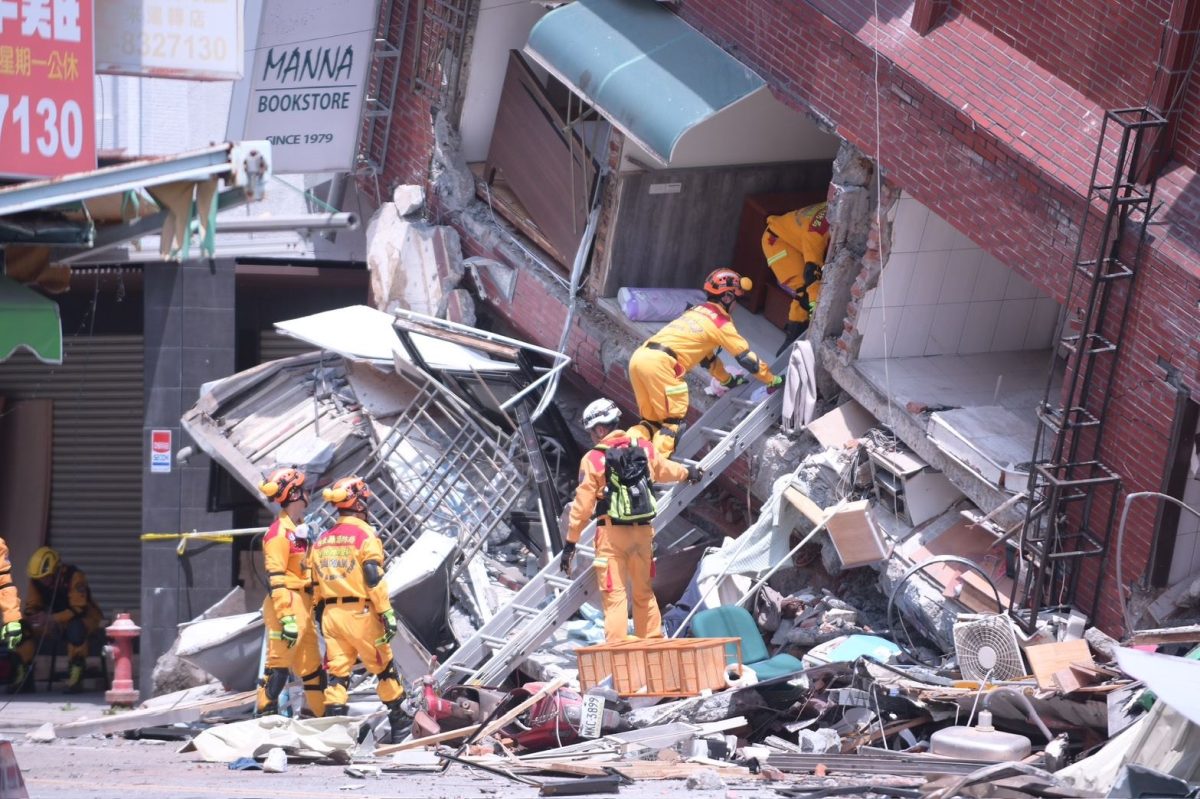
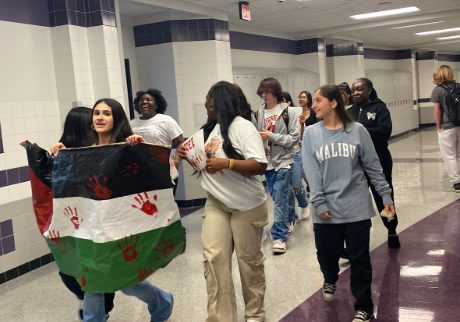


![With the AISD rank and GPA discrepancies, some students had significant changes to their stats. College and career counselor Camille Nix worked with students to appeal their college decisions if they got rejected from schools depending on their previous stats before getting updated. Students worked with Nix to update schools on their new stats in order to fully get their appropriate decisions. “Those who already were accepted [won’t be affected], but it could factor in if a student appeals their initial decision,” Principal Andy Baxa said.](https://bestofsno.com/wp-content/uploads/2024/05/53674616658_18d367e00f_o-1200x676.jpg)





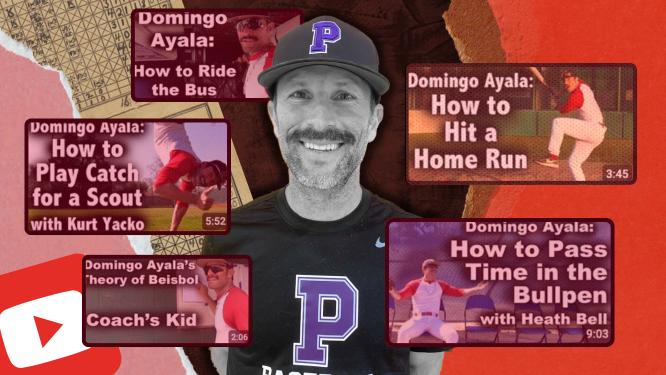
![Junior Mia Milicevic practices her forehand at tennis practice with the WJ girls tennis team. “Sometimes I don’t like [tennis] because you’re alone but most of the time, I do like it for that reason because it really is just you out there. I do experience being part of a team at WJ but in tournaments and when I’m playing outside of school, I like that rush when I win a point because I did it all by myself, Milicevic said. (Courtesy Mia Milicevic)](https://bestofsno.com/wp-content/uploads/2024/06/c54807e1-6ab6-4b0b-9c65-bfa256bc7587.jpg)

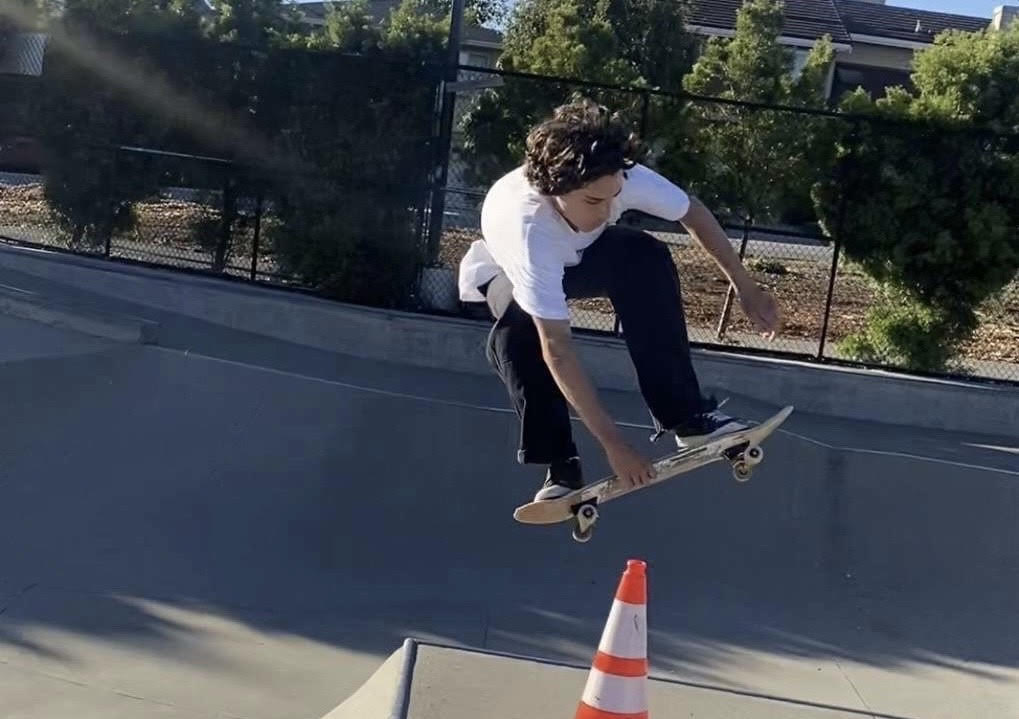

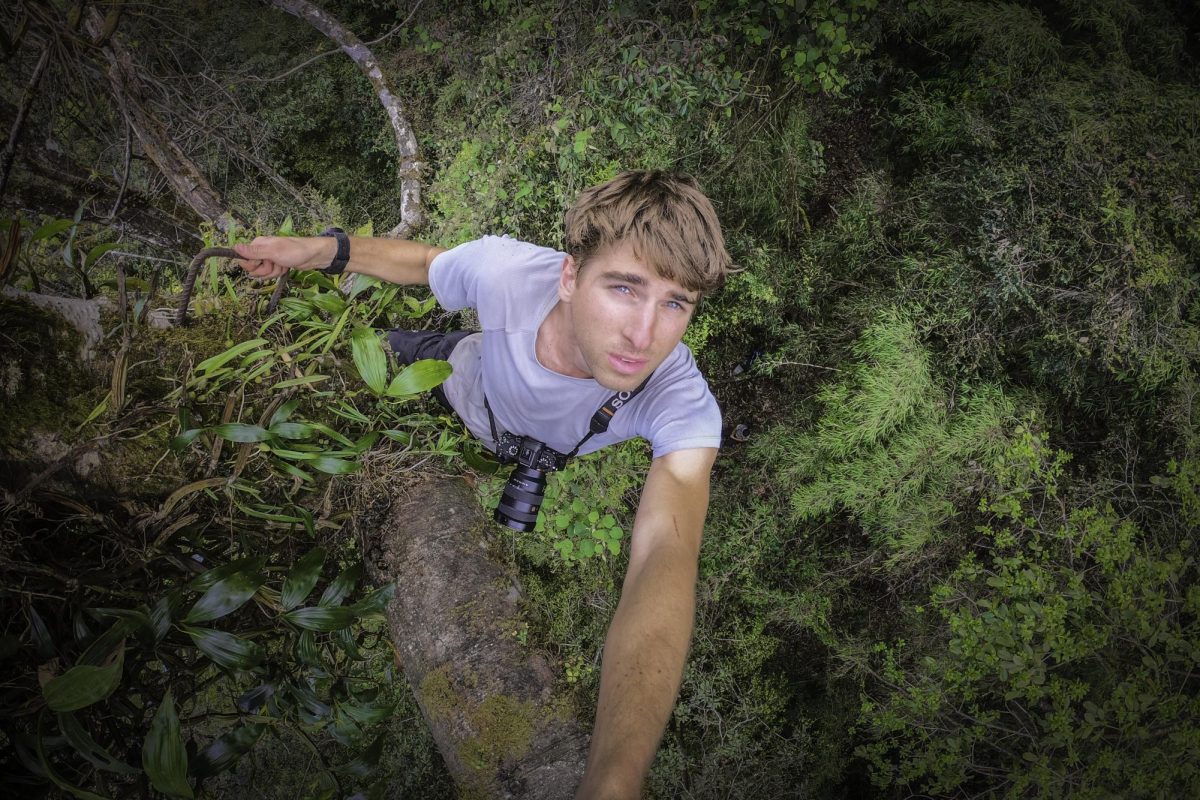

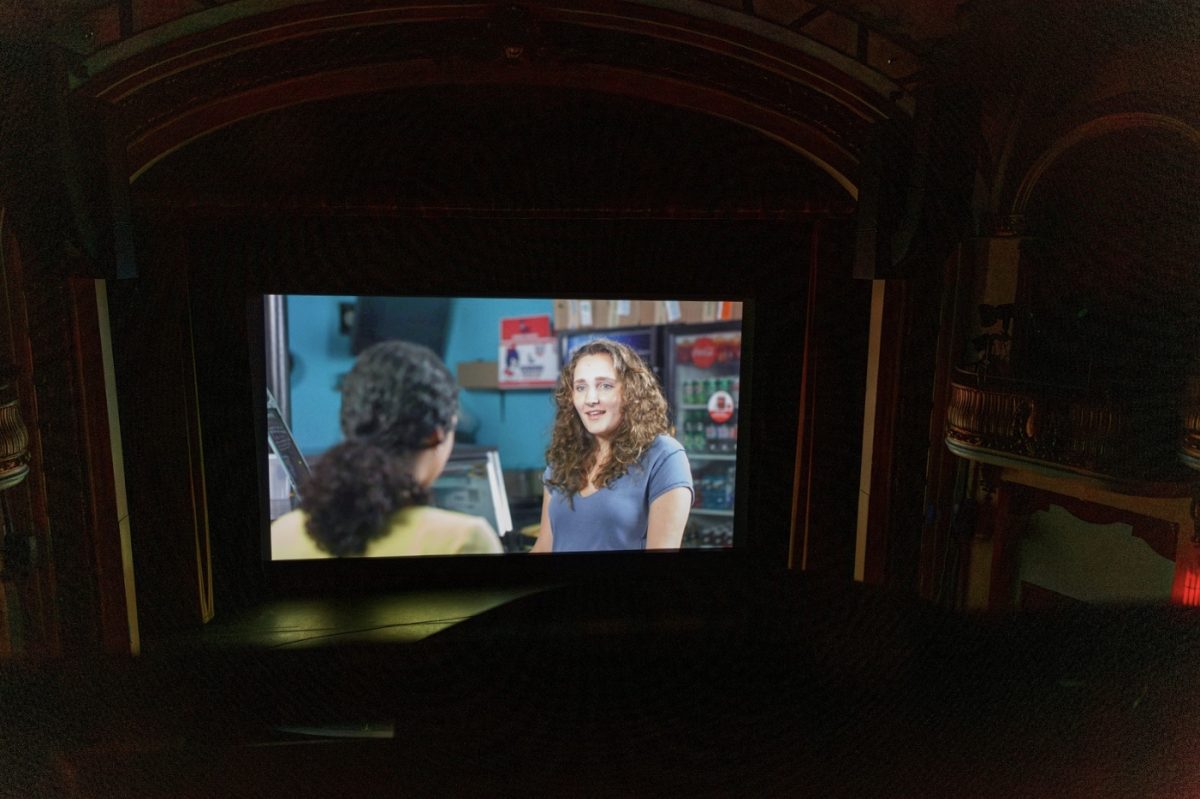

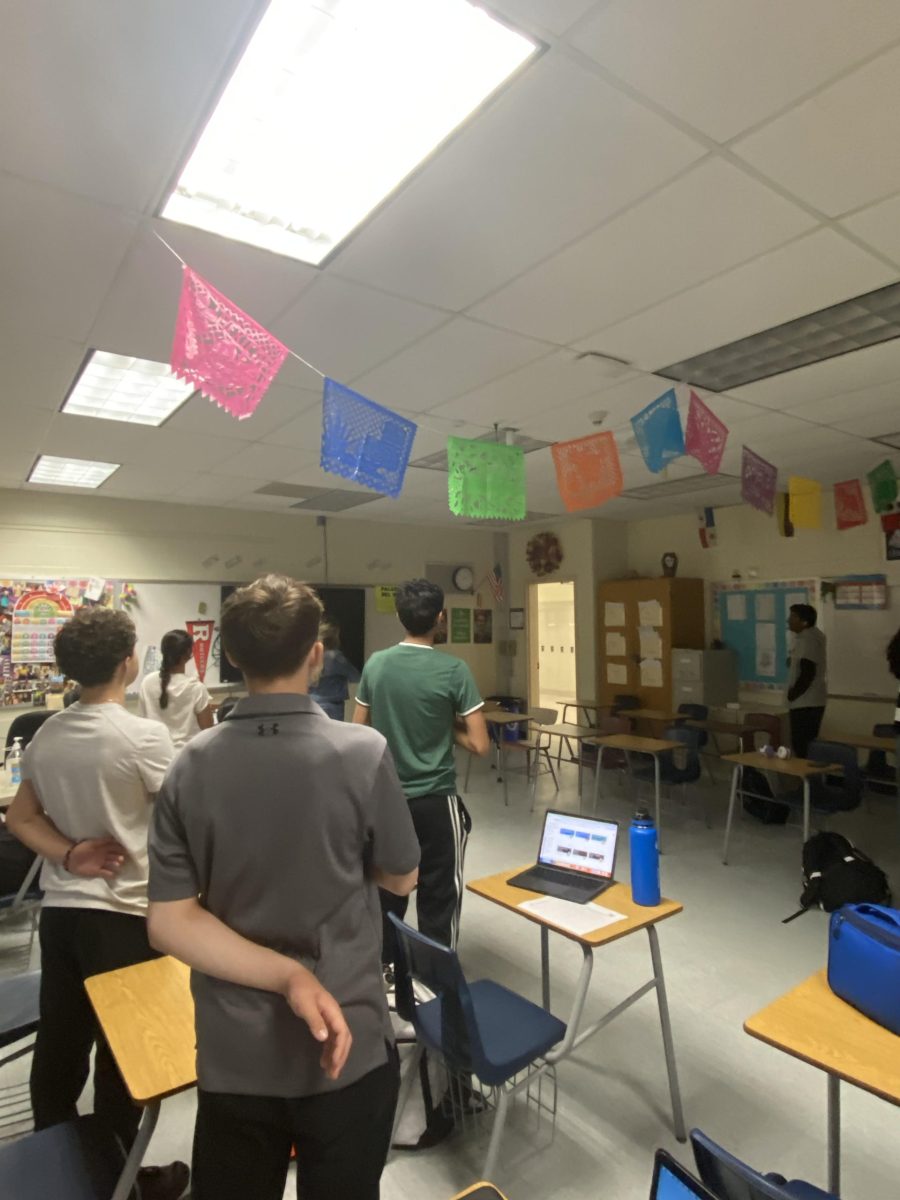
![The Jaguar student section sits down while the girls basketball team plays in the Great Eight game at the Denver Coliseum against Valor Christian High School Feb. 29. Many students who participated in the boys basketball student section prior to the girls basketball game left before half-time. I think it [the student section] plays a huge role because we actually had a decent crowd at a ranch game. I think that was the only time we had like a student section. And the energy was just awesome, varsity pointing and shooting guard Brooke Harding ‘25 said. I dont expect much from them [the Golden Boys] at all. But the fact that they left at the Elite Eight game when they were already there is honestly mind blowing to me.](https://bestofsno.com/wp-content/uploads/2024/05/IMG_7517-e1716250578550-900x1200.jpeg)



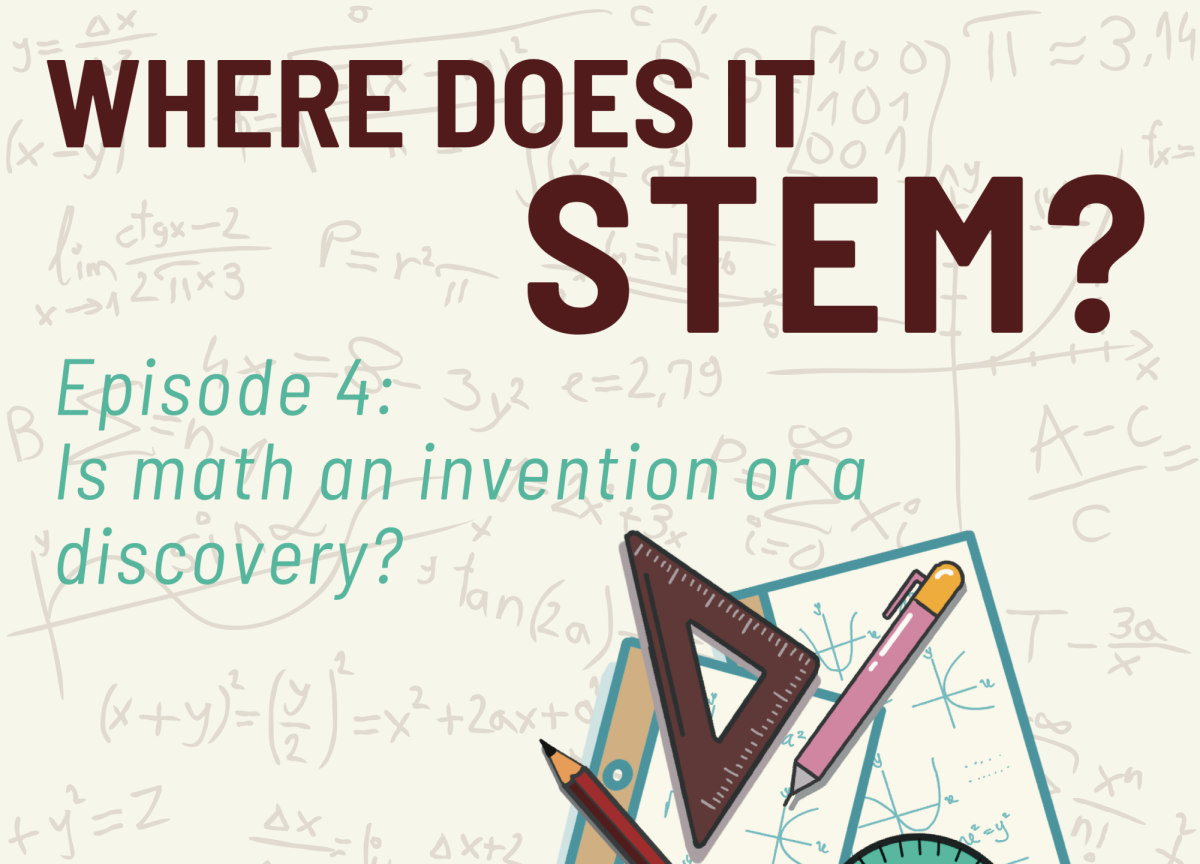


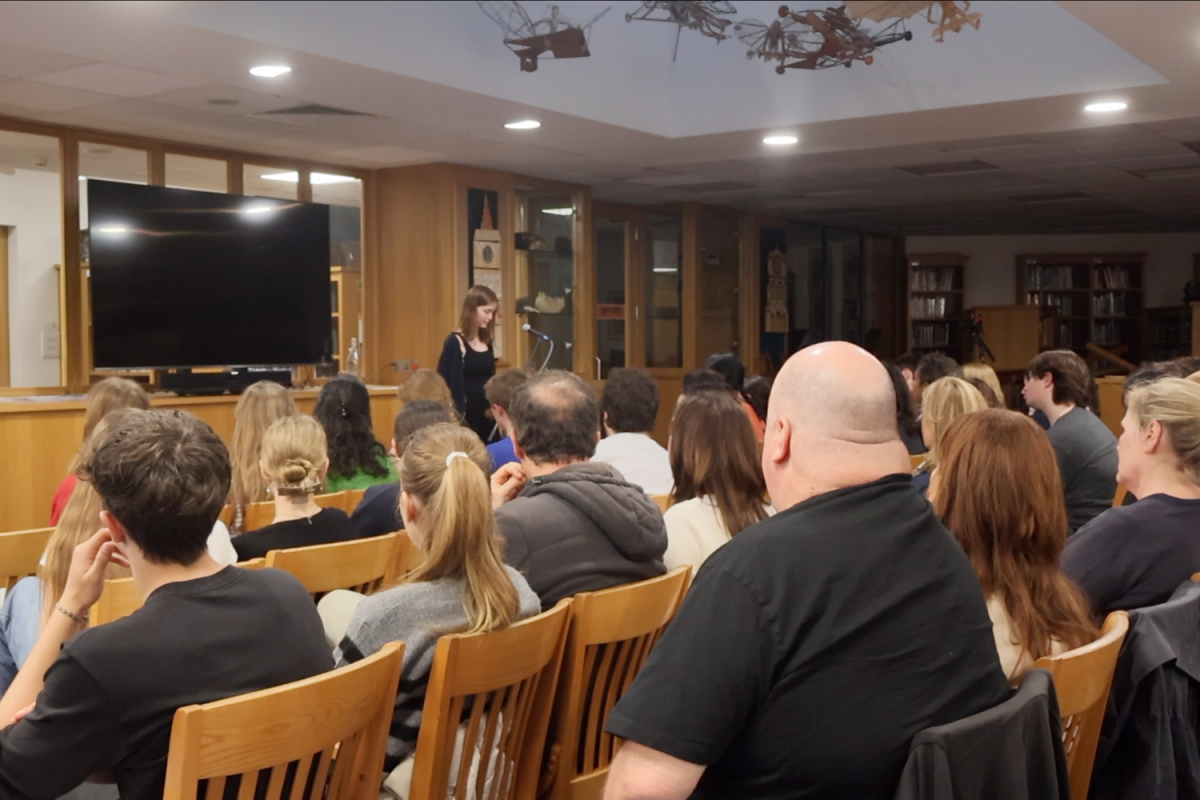


![BACKGROUND IN THE BUSINESS: Dressed by junior designer Kaitlyn Gerrie, senior Chamila Muñoz took to the “Dreamland” runway this past weekend. While it was her first time participating in the McCallum fashion show, Muñoz isn’t new to the modeling world.
I modeled here and there when I was a lot younger, maybe five or six [years old] for some jewelry brands and small businesses, but not much in recent years,” Muñoz said.
Muñoz had hoped to participate in last year’s show but couldn’t due to scheduling conflicts. For her senior year, though, she couldn’t let the opportunity pass her by.
“It’s [modeling] something I haven’t done in a while so I was excited to step out of my comfort zone in a way,” Muñoz said. “I always love trying new things and being able to show off designs of my schoolmates is such an honor.”
The preparation process for the show was hectic, leaving the final reveal of Gerrie’s design until days before the show, but the moment Muñoz tried on the outfit, all the stress for both designer and model melted away.
“I didn’t get to try on my outfit until the day before, but the look on Kaitlyn’s face when she saw what she had worked so hard to make actually on a model was just so special,” Muñoz said. “I know it meant so much to her. But then she handed me a blindfold and told me I’d be walking with it on, so that was pretty wild.”
Caption by Francie Wilhelm.](https://bestofsno.com/wp-content/uploads/2024/05/53535098892_130167352f_o-1200x800.jpg)








